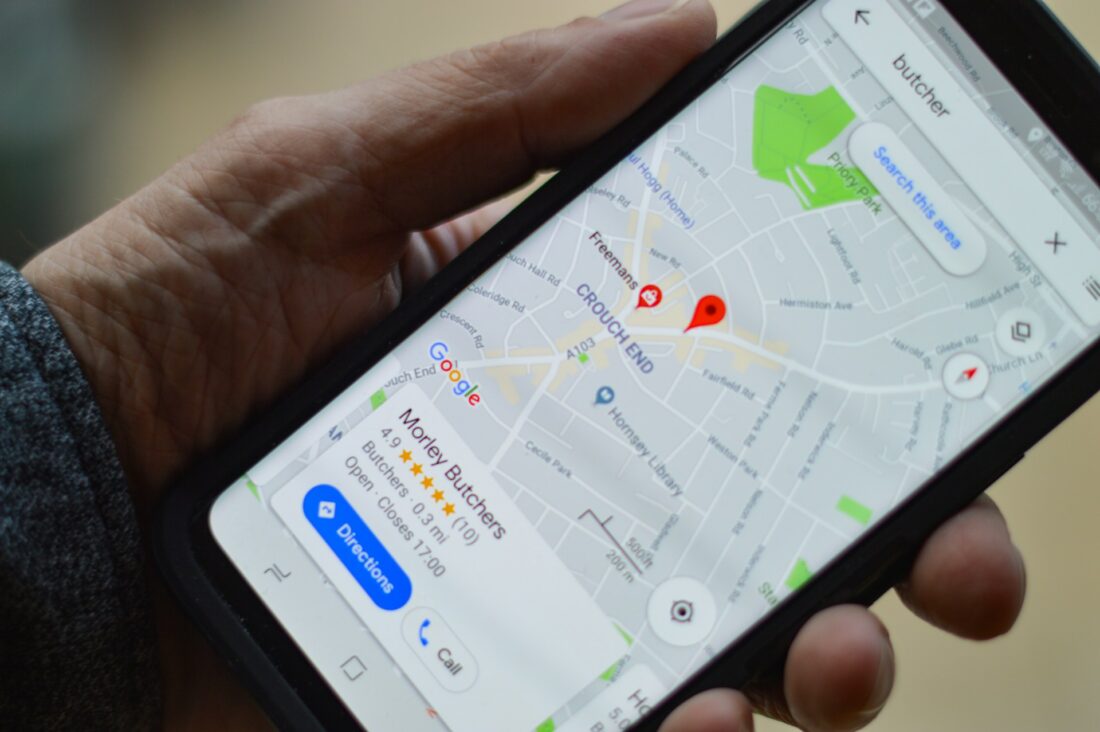Voice search is changing the way we look for information online. By understanding how it works, you can implement it effectively in your marketing strategies. This will help make your products and business more visible in search results.
In this post, we’ll look at the rise of voice technology and its impact on digital marketing. Then, we’ll show you how to optimize your strategy for voice search. Let’s get started!
Why Voice Search is Becoming Popular (And What This Means for Marketers)
Voice search enables users to find content online by speaking into their devices rather than typing in their queries. As such, it’s a more convenient way to navigate the internet.
The global voice recognition market is set to reach nearly $50 billion dollars in 2029 (compared to $11 billion dollars in 2022). Meanwhile, Google found that 27% of users worldwide are utilizing voice search on mobile devices.
Voice search facilitates quicker online searches. Plus, it’s a hands-free solution, so it makes the internet more accessible for people with physical disabilities and limited mobility.
The shift from text-based search to voice search represents a huge change in the way that people access information online (and search for products). Therefore, you’ll need to revisit your marketing strategies and update them accordingly.
This doesn’t mean redesigning your entire campaigns from scratch. Certain areas of digital marketing like Search Engine Optimization (SEO) and social media advertising remain relevant.
However, you’ll need to create content that is tailored to voice technology. This may involve using more natural language in your copy, utilizing keywords in question format, and answering common questions about the type of products or services that you offer.
As a marketer, you’ll want to keep voice search in mind when updating blog posts or creating new web copy. However, this shouldn’t be that much different from what you already do. After all, you’ll still be creating content for human users. If anything, this new content will address their needs and answer their queries more efficiently.
How to Optimize Your Digital Marketing Strategies for Voice Search
Now that you know a bit more about voice search, let’s take a look at five ways to optimize your strategies for this technology.
1. Prioritize Conversational Language
To make your content easily discoverable through voice search, you’ll want to prioritize conversational language. Since users will be speaking into their devices, they’ll likely use more natural language and question-based phrases.
As you perform keyword research for your campaigns, you can try to implement more question-based search terms and long-tail keywords.
A tool like Google Keyword Planner can help you identify popular questions in your industry:
You might also run a quick Google search and consult the “People also ask” section to generate ideas:
If you already have a list of short-tail keywords that you want to target, simply add question modifiers like “what” and “how” to optimize your content for voice search.
While long-tail keywords typically have lower search volumes, it’s usually easier to rank for these terms since they’re more specific. Additionally, they’re more in line with the way people talk compared to common short-tail keywords. For example, a user might be more likely to say “how do you make cookies without sugar” than “cookies without sugar.”
2. Make Your Content Accessible
If you want to get your campaigns featured in search results, you’ll need to make sure that your content is easily accessible. This is because smartphone devices and virtual assistants rely on pre-existing information.
Therefore, your business information needs to be easy to find. It also needs to be accurate and up-to-date.
The first step is to create or consult your existing Google My Business listing:
Here, you want to list your services, add custom categories, and utilize the 300-word description. In general, it’s best to fill out all of the fields on your profile. You can even implement relevant keywords to make your websites more discoverable.
What’s more, it can be a good idea to run regular website audits to detect any duplicate content, inconsistent branding, bad links, or incorrect business information. Inaccurate or outdated information can confuse search engines (and users).
3. Optimize for Local SEO
One of the benefits of voice search is that you can present campaigns as answers to search queries in your region. This is an excellent way to generate more local traffic and get your content before the right people.
Therefore, while checking your Google Business profile, it’s important to update your location. You can also use the Google Ads location extensions to display relevant business information and contact details alongside your adverts.
Local search ads in Google Maps can be effective at bringing your content to the attention of consumers in your area. Additionally, Google states that you’re more likely to receive requests and clicks if you include business photos and a logo in your business profile.
4. Use Structured Data
Another way to optimize your digital marketing strategies for voice search is to add schema markup to your web pages. This is structured data that helps search engines better understand your content.
Schema markup is especially effective at getting your campaigns featured in the rich results section. This can have a positive impact on your voice search ranking.
For example, if you create recipes, you can add information like ingredients, star ratings, and cooking time:
Alternatively, if you run a blog, you might add author details, publication dates, and categories.
Google recently introduced speakable structured data. This is currently still in beta, but it identifies sections of a web page or article that are best suited to audio playback using Text-To-Speech (TTS) technology.
5. Make Mobile-First Websites
Finally, you’ll want to design a mobile-first website. Mobile internet traffic accounts for almost 60% of global web traffic, which means the majority of voice searches are performed on these devices.
Therefore, it’s important to ensure that your site is easy to access and navigate on mobile phones. Fortunately, there are plenty of ways to achieve this.
For example, you can create a separate mobile menu (usually a hamburger menu) to save screen space, and enlarge touch targets for touchscreen devices. You’ll also want to disable any features that aren’t mobile-friendly, like hover or mouseover effects.
Conclusion
Voice search offers a convenient way to find information online. To retain your competitive edge and give customers what they want, you’ll need to optimize your marketing strategies for this technology. You can do this by utilizing structured data, local SEO, and conversational language.
Do you have any questions about the impact of voice search on your marketing activities? Let us know in the comments section below!
Photo by henry perks.





Join the conversation